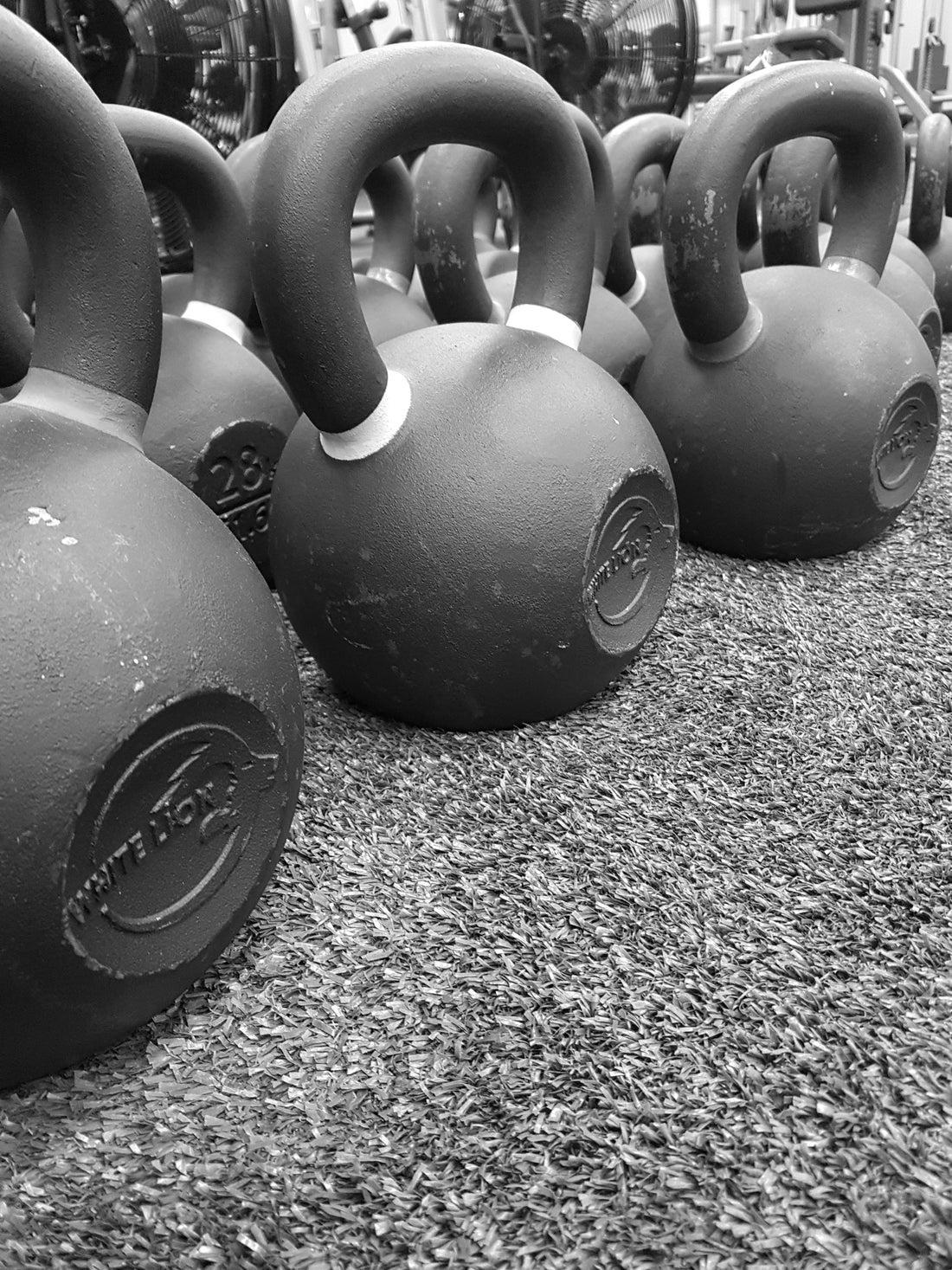
How to Choose Kettlebells: Choosing weight & should I buy pairs or singles?
DJ GuzdaShare
Never buy more than you need when it comes to buying kettlebells; well, at least when you're starting out!
Once you have been into your practice for while, you might realize that you want to collect kettlebells as much as you want to train with them!
We received an awesome question yesterday (March 13, 2019) regarding purchasing Kettlebells:
Hey DJ, Thinking about getting some kettlebells through you. What would your suggestion be for weight and should I get them in singles or pairs?
What are your goals?
Purchasing kettlebells can be done for a number of reasons:
-
You want to learn the fundamental Kettlebell movements so you can safely and effectively build a kettlebell practice.
-
You have a home gym and need a versatile training tool that you can use to achieve many training objectives that will not take up too much space.
-
You need to fill a gap in your current training program that cannot be filled by barbells or dumbbells.
The list can go on; however, the important questions are: what are your training objectives and desired outcomes? What is your current state of health and what is your starting point? Once you have the answers to those questions we can start to explore the weights you should consider and if you should get pairs in the same weight or singles.
Purchasing singles will be fine to start with for a few reasons:
1) if you plan on using kettlebells to perform loaded carries then the demands of the exercise will increase because you will be handling an asymmetrical load (you will only have weight on one side) which will increase the demands for core stability.
2) if you are using them to perform loaded carries and you would like to use two kettle bells, you can always carry kettlebells of different weights to achieve the same objectives above but to a greater degree because there are two loads instead of one.
3) If you are using two kettlebells, it's also important to remember that you're going to have to move both of them into the front rack position if you're going to be pressing them overhead or carrying them in that position. If you are new to kettlebells and are unfamiliar with performing a kettlebell clean, using 1 kettlebell for overhead pressing will be good. You can use both hands to safely move and position the kettlebell in the front rack position.
4) if you are performing lower body exercises you can also perform them using one kettlebell if you are doing squats or lunges. The unbalanced load will increase the demands on your balance as well as core stability.
With kettlebell training, the orientation of the kettlebell and its position can increase the demands of the exercise. If you are training with a single 10kg kettlebell, reorientating the kettlebell to the bottoms-up position will increase the demands of exercise.
Here are 10 Variations that will make you stronger and more resilient:
-
Bottums-Up Overhead Press
-
Bottums-Up Overhead Lunge
-
Bottums-Up Overhead Squat
-
Bottums-Up Overhead Carry
-
Bottums-Up Waiter's Carry
-
Bottoms-Up Floor Press
-
Bottums-Up Turkish Get-Up
-
Bottoms-Up Windmill
-
Bottums-Up Front Rack Lunge
-
Bottums-Up Kettlebell Clean
